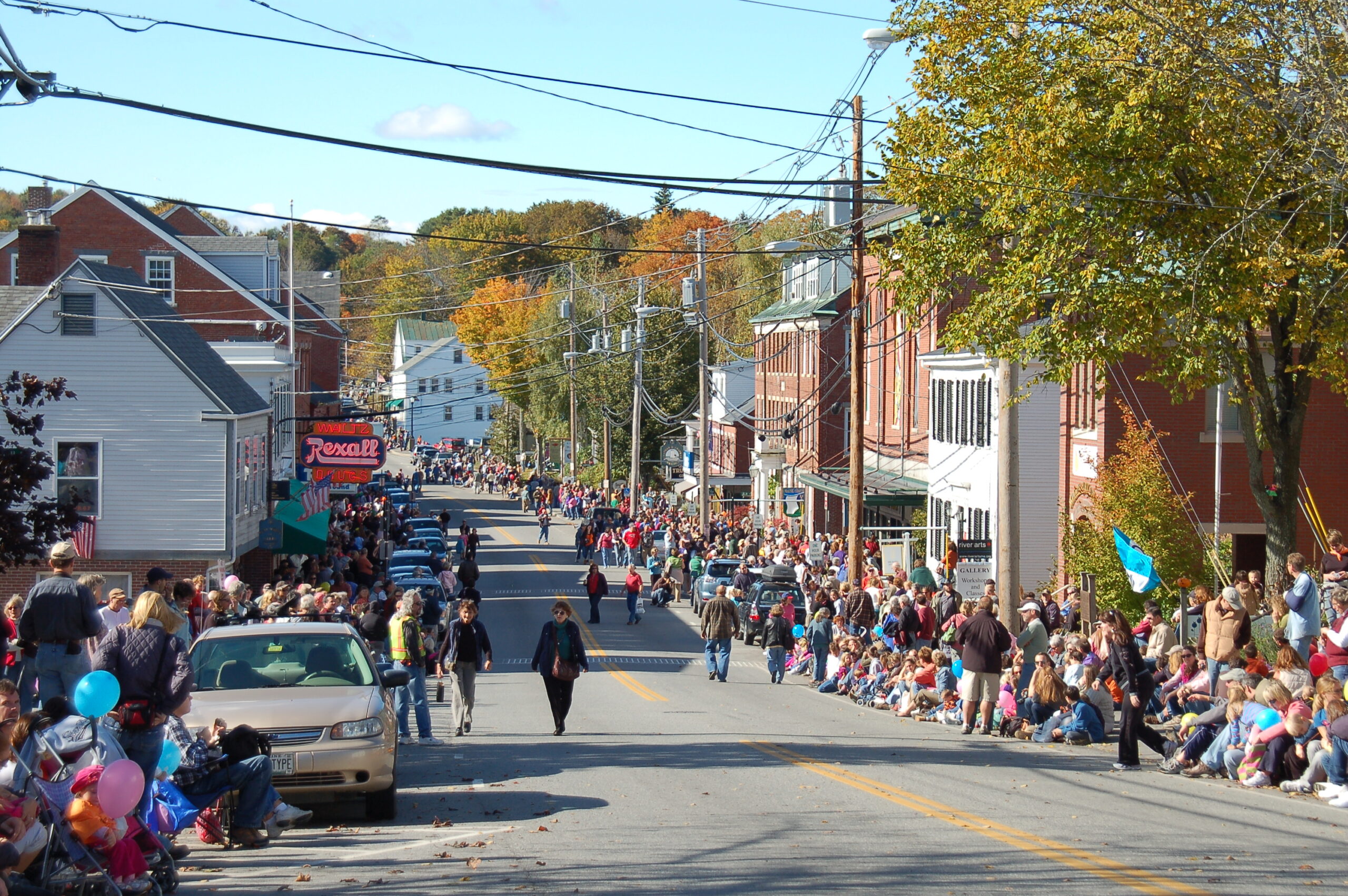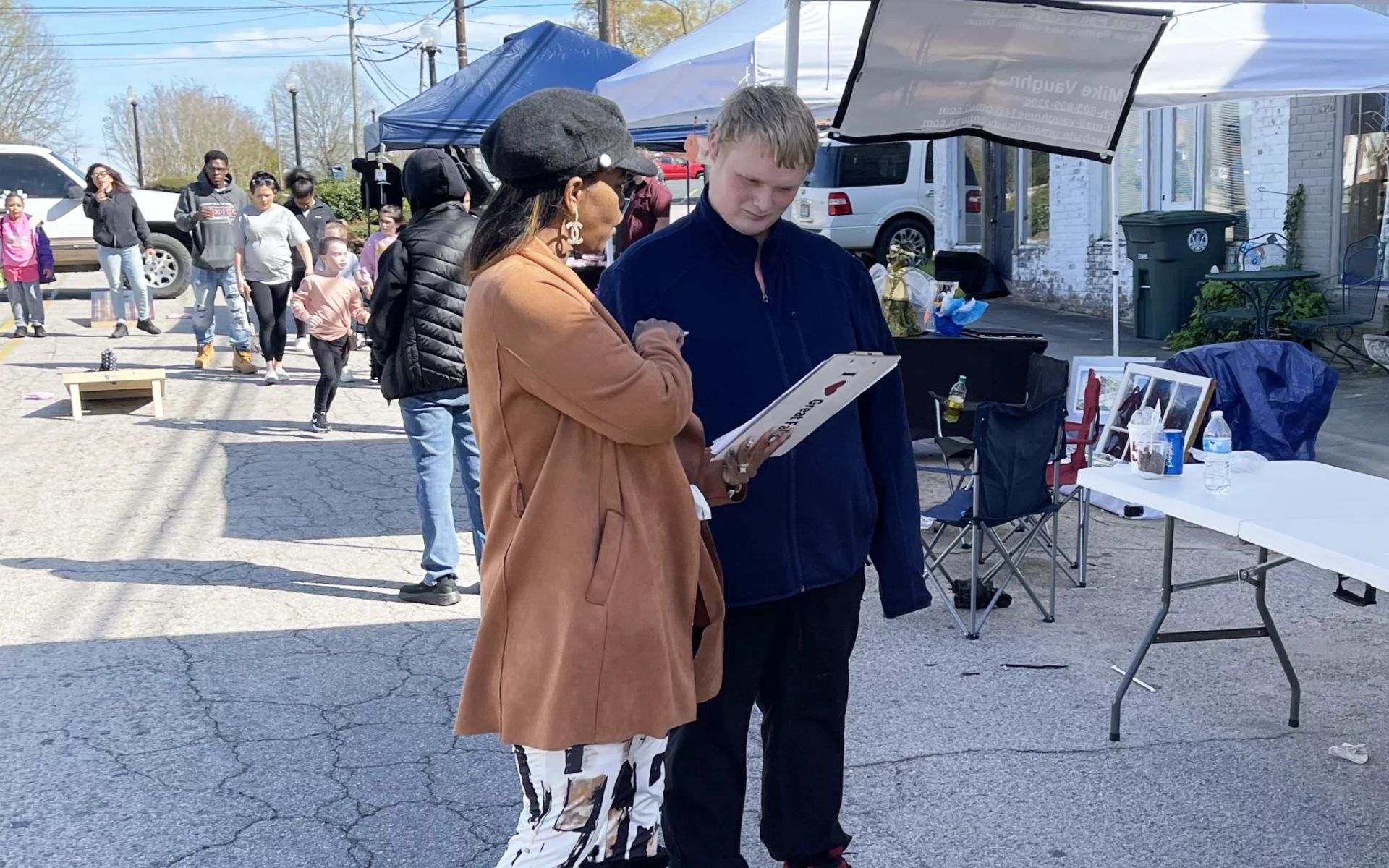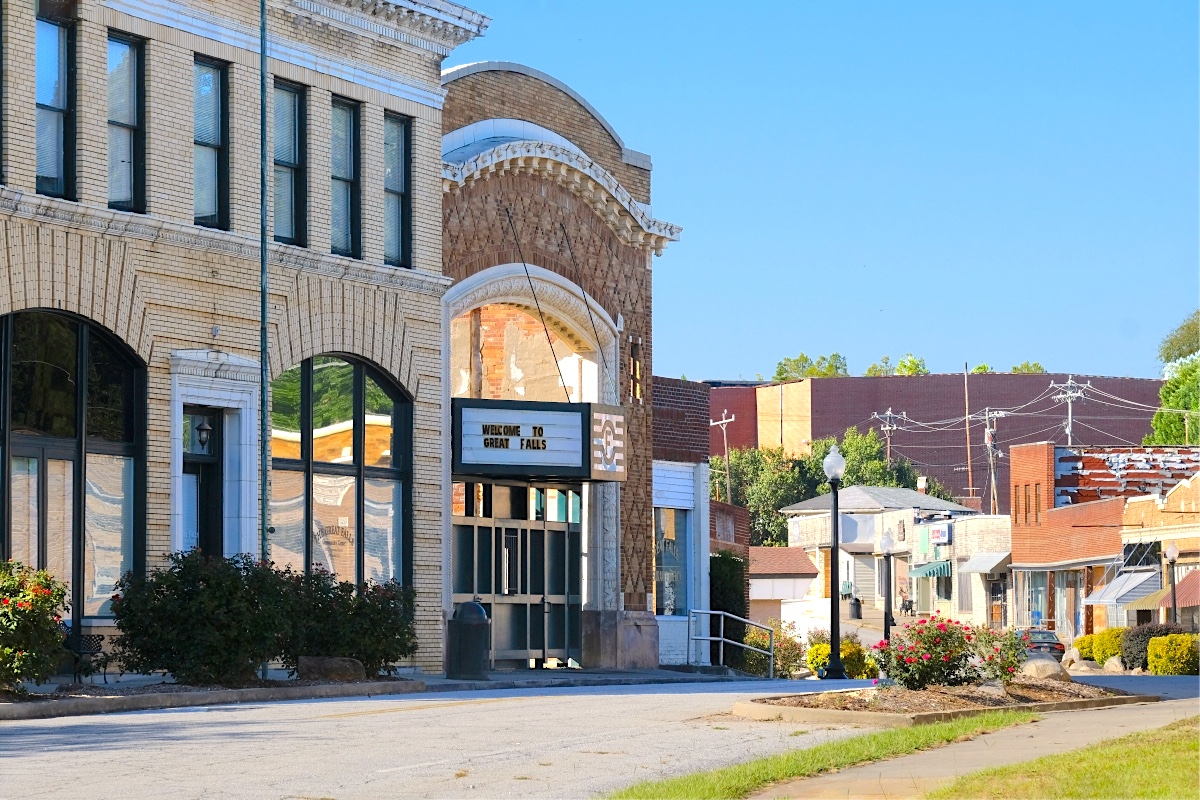Sanford, Maine holds a steady course in a river of change
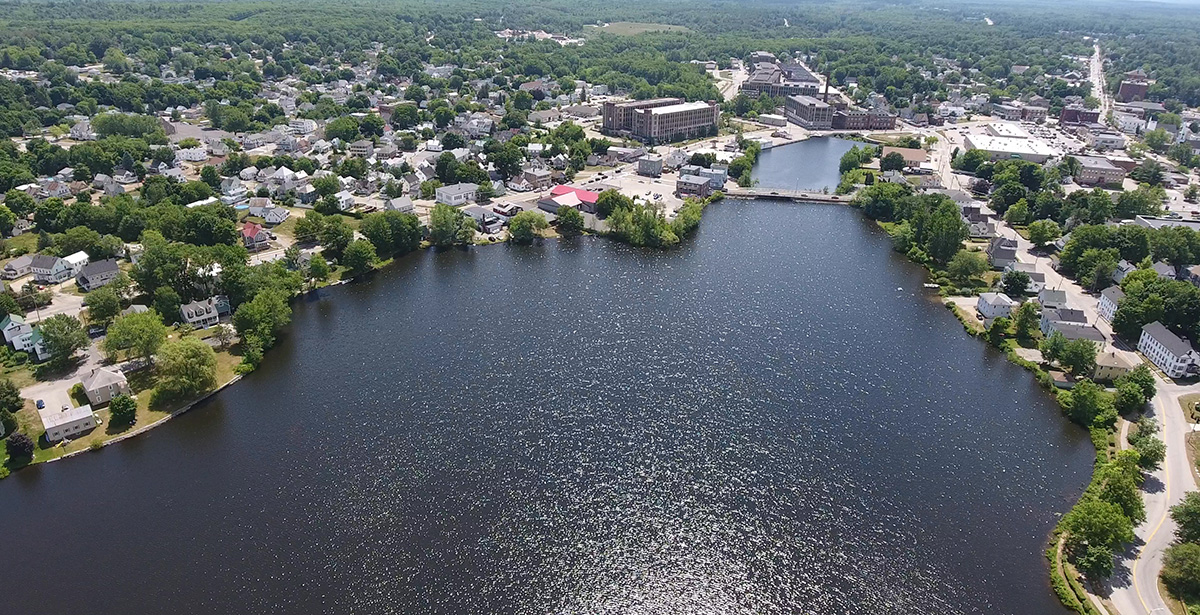
‘We have the ingredients, but what kind of town are we?’
On a mid-summer Saturday morning, it is a relaxed ride to the center of Sanford, right to the grassy common across from City Hall.
It is an easygoing urban landscape, with broad streets and sidewalks, and a sense of space uncommon to most New England cities. In fact, Sanford was governed as a large town until 2012, when its citizens voted to do away with a town meeting form of local governance and set itself up as a city, with a city council.
No matter the municipal structure, Sanford is intent on bettering the prosperity of its residents through a strong community and economy. Not to mention the frosting on the cake — parks, fields, woods and trails that connect its ranging neighborhoods.
Over the past few centuries, Sanford planners made sure that ample stretches of green were left protected – and open to the public – along the slow-moving Mousam River. The river is integral to Sanford; for decades it powered the mills that shaped the local economy, and the community has not forgotten it.
Some of the parks are wilder, where hawks sit high in the canopy, watching for marshland prey. Others are groomed, such as the long, curving promenade flanked on one side by the William Oscar Emery Drive and on the other by the Number One Pond. It is a boulevard of green connecting the downtown and residential areas, before wending toward Sanford’s smaller village of Springvale.
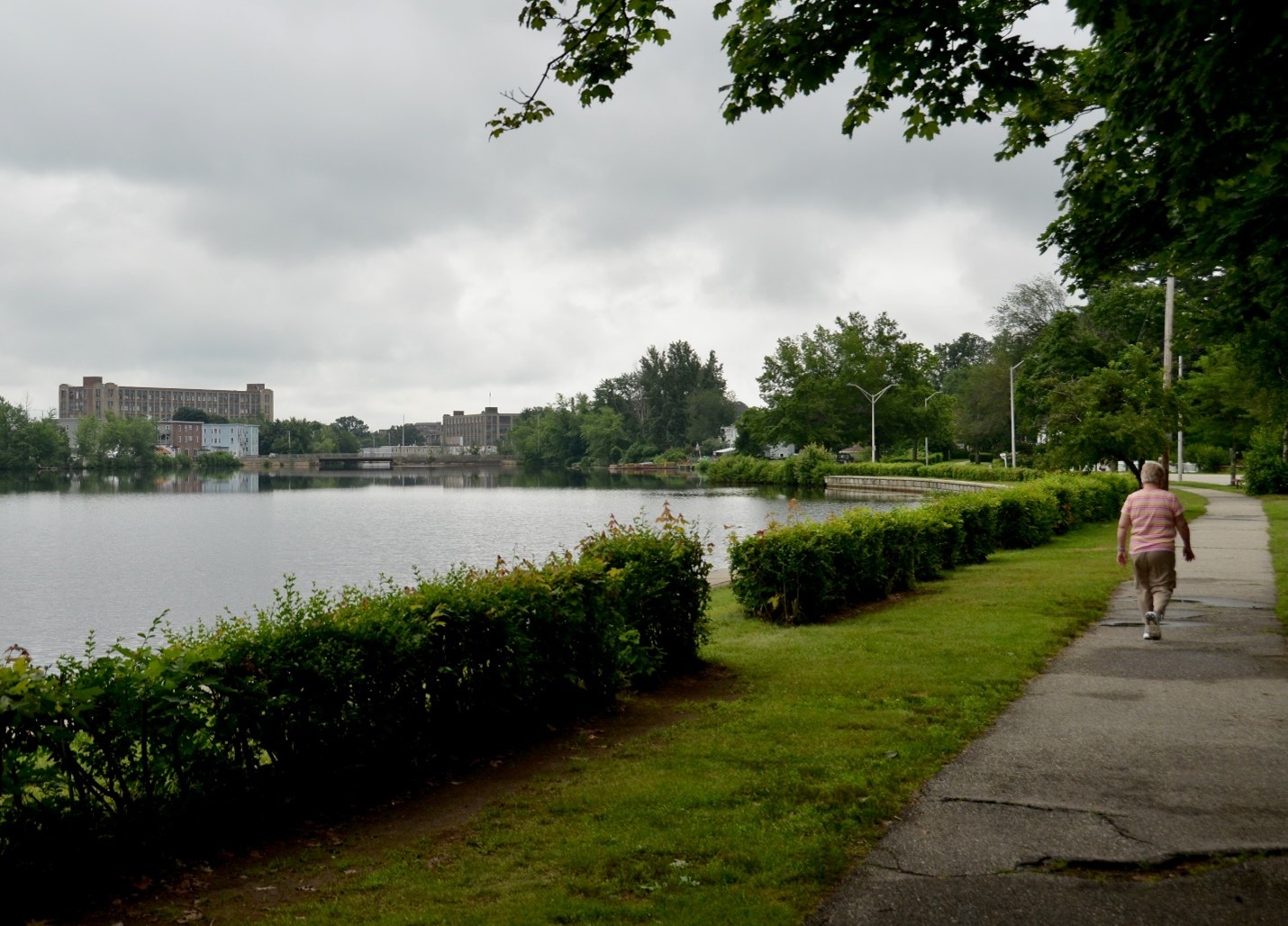
“It is a very scenic ribbon,” said Lee Burnett, a former journalist, who has lived in Sanford since 1980.
In 2022, the city received a $25 million Rebuilding American Infrastructure with Sustainability and Equity grant to construct and/or replace streets, sidewalks, crosswalks and trail connections, and the Mousam Promenade Multi-modal Path figures heavily into the Sanford Trails network.
Not that it is all sweet roses in Sanford. The city, with its rare and simple elegance, has plenty of 21st Century concerns that affect much of Maine’s larger communities.
Over the decades, Lee watched changes wrought by a global economy directly affect his city. He covered the news while working at the Journal Tribune, a daily newspaper based in nearby Biddeford that, after 135 years, was shuttered in 2019.
For a young reporter, Sanford was once a gritty mill town, with shoe shops, and woolen and textile factories clustered in the city center. In 1994, the North American Free Trade Agreement (NAFTA) and other rising economic forces resulted in many mills “going south” (a North East euphemism for relocating to the Southern U.S.), or “they just closed,” Lee said.
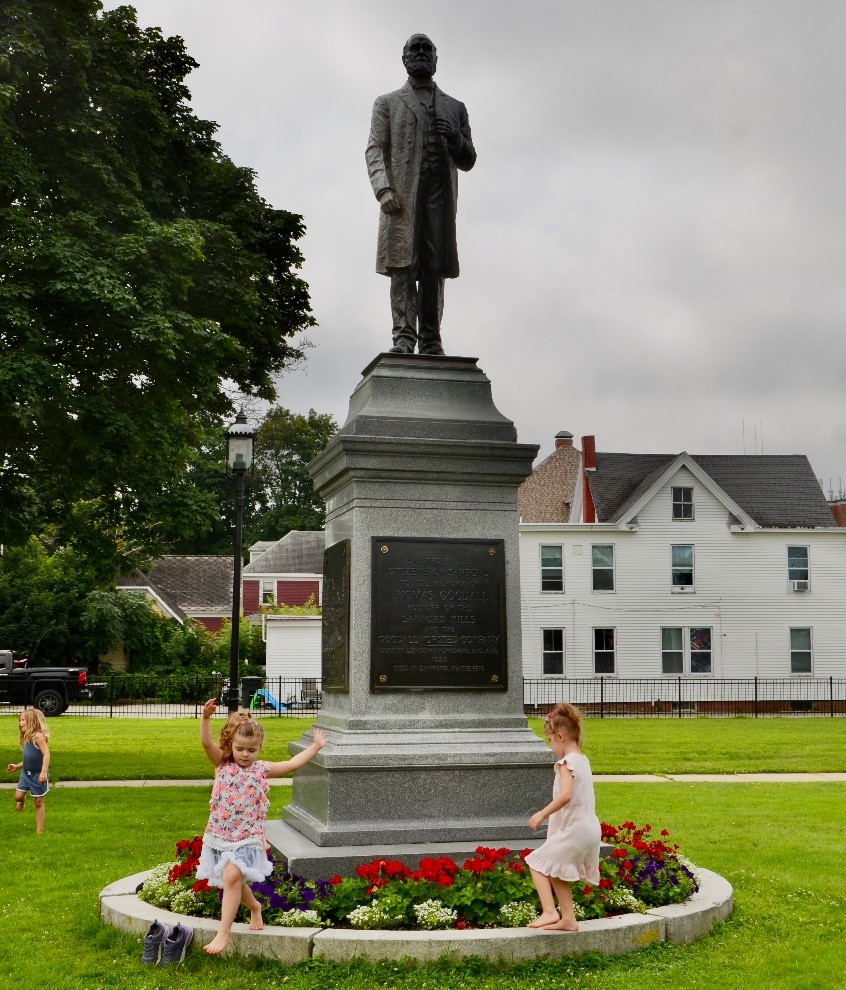
Urban renewal in the 1960s had already ripped down some of Sanford’s historical architecture, and the liberal arts Nason College, located in Springvale, had closed in 1983.
From the mid-1990s through the first two decades of the 2000s, Sanford held its own with a variety of manufacturing enterprises, the growth of a local hospital and associated healthcare offices, and information technology.
In 2022, the statewide periodical Maine Biz published an article, Bullish on Sanford: Former mill town diversifies with a range of industries, featuring the sense of entrepreneurship in the city.
Today, and like much of Southern Maine, there has been a surge of economic activity, accompanied by population growth. The real estate market heated up, causing prices of homes and rentals to skyrocket. International turmoil has sent asylum seekers — most recently from Angola, Congo and Haiti — to Sanford and other Maine cities. By 2022, Sanford had approximately 22,000 residents.
With all these changes, the city has turned a sharp, inquisitive eye onto itself.
“We’re not a mill town, anymore,” Lee said. “We tore down the last mill stack. What is our identity?”
That is the question the community is asking itself now, with a Heart & Soul initiative that got underway this past spring and now entering its story-gathering phase. Volunteers with Community Heart & Soul are gearing up to interview residents about their lives, what they hold dear about their community, and the future they want for it.
It is an emotional process, ruled not by numbers, cost analyses and spreadsheets, but by connections and conversations, stories and reflections. What does Sanford want to be, what are the qualities it wants to cultivate?
For a community whose roots extend to the Abenakis and was one of Maine’s first towns (1768), Sanford has history, and generations of families who share a common experience. But there are new families, some with vastly difference backgrounds.
The Friends of Downtown, a grassroots community group under the auspices of Strategies for a Stronger Sanford, are helping with the process.
A Small Business Advocate with the Sanford Regional Economic Growth Council, Mary Hastings was at the early August National Night Out, the annual gathering hosted by the Sanford Police Department, with music and community outreach. Mary is leading the Heart & Soul process and a large group of volunteers, who she expects to be, “going full force in the fall.”
She dipped into story-gathering at National Night Out, just as she had a week prior at a car show and a farmer’s market.
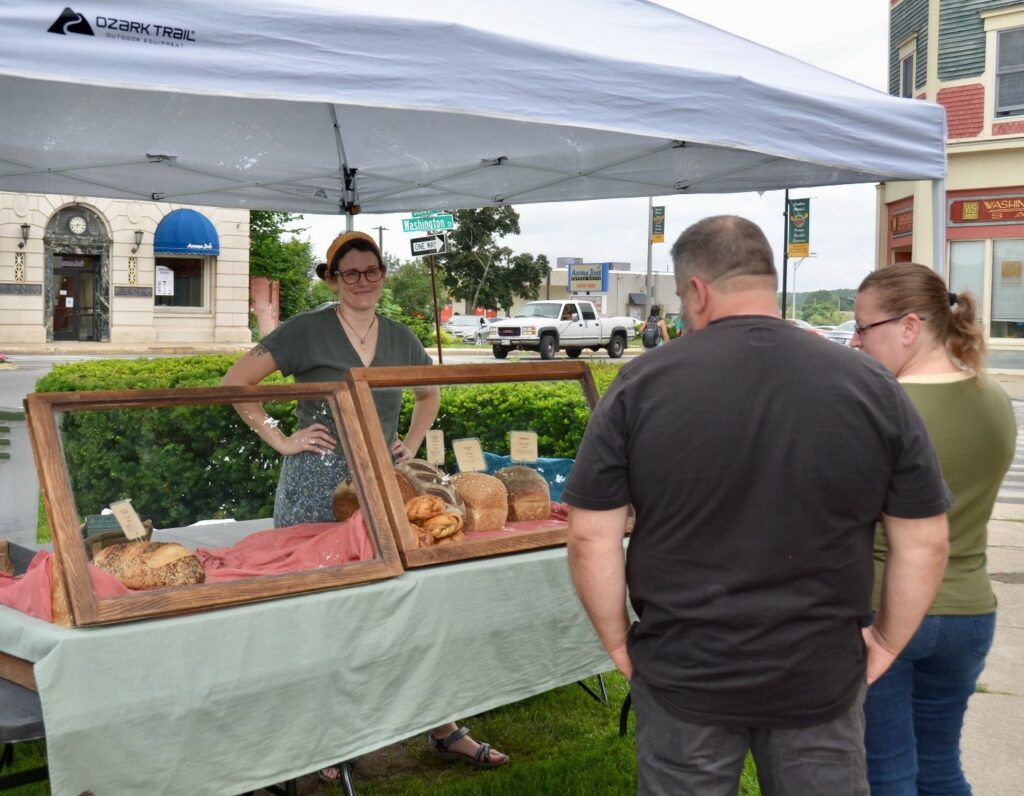
“People are receptive,” she said. But some can be reticent.
“‘You don’t want to hear my story,’” they might say to her. To which she replies, “I want to hear every story. I want to hear them all.”
That is also what volunteer Lisa Blanchette wants to hear.
While Sanford today has an Economic Growth Council, high speed broadband, Maine’s largest solar array and a new high school that boasts a tech center and a performing arts center, there are residents worried about jobs, inflation and the high cost of housing.
A graduate of the Sanford K-12 school system herself, and recently retired from heading up the district’s Community Adult Education Department, Lisa now has three grandchildren growing up in the city.
Her ear is to the ground in many directions. She sees how the lack of housing affects the younger generation, and she hears the concerns over wages, the growing homeless population, encampments, and needles in the park from drug users.
“I can see both sides,” she said. “I see their pain and their view. I also see the hard work that Friends of Downtown are doing, and what they want to create, with people being in the downtown and starting a business downtown.”
With the Community Heart & Soul project, she hopes that all voices are heard.
“Most committees and groups hear the voices of the people who have the time and financial settings to allow them to serve on the committees,” she said. “I want them to reach to those low income people and hear their concerns. Why are they stuck in low income housing? Do they need jobs? Do they need transportation to jobs? Do they need education?”
The City of Sanford, meanwhile, is streamlining its permitting process to help residential projects get developed.
For City Councilor Ayn Hanselmann, Sanford is on the edge of exciting change. A fourth-generation Sanford native, she attended the University of Maine at Orono, then spent 12 years in Colorado — until her roots called her home. With their three children, she and her husband, Jeff, decided to move back to Maine and be with family. She is now serving her second term on the Sanford City Council.
Hanselmann knows the city’s strong sense of community. Jeff owns Frannie’s Mini Donuts, in downtown Sanford, where people gather daily, and they are tuned in to city dynamics.
“We see younger families, with children, in town,” said Ayn. “And we are seeing a higher level of participation and engagement with parents over the last five years. People are excited to be here.”
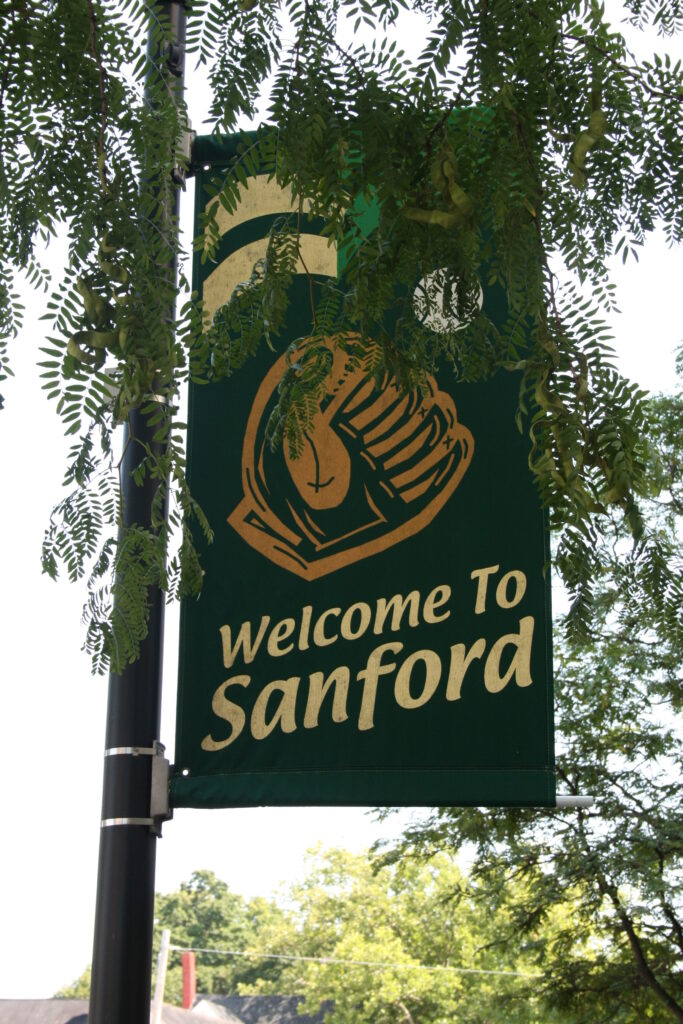
Yet, like Mary, Lisa and Lee, she also understands there is a quieter population, the less vocal, the shy and reserved, the hard workers carrying heavy obligations, the elderly in their homes who do not seek attention, the new residents and refugees. And the farmers on the outskirts of town cultivating orchards, mushrooms, cannabis, or raising sheep.
“Sometimes, you have to dig a little deeper to have conversations and opportunity for connection,” she said.
To Lee, it is the diversity that makes the community strong.
“I feel like we have a microcosm of Maine right in our town — young families, old line Franco, shipyard worker population, tech workers and home business people– a very diverse population,” he said.
Sanford is neither a beach town, nor a college town.
“We have the ingredients — two libraries, a farmer’s market downtown, and a lot of people in town are only known by their first name,” said Lee. “But what kind of town are we? This is why Heart & Soul is going to be so valuable, to get us to the heart and soul of our community.”
Want to bring Community Heart & Soul to your town? Apply for a $10,000 Community Heart & Soul Seed Grant to get started. Learn more at: www.communityheartandsoul.org/seed-grants
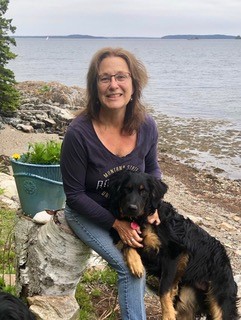
Lynda Clancy is editorial director of the Penobscot Bay Pilot, an online community hub that covers a large region of coastal Maine. The beauty and complexity of small towns have inspired her as a writer and photographer since the 1980s. An award-winning journalist, she serves on the Maine Press Association’s Board of Directors, the Maine Legislature’s Right To Know Advisory Committee, as well as local community nonprofits and municipal committees.


